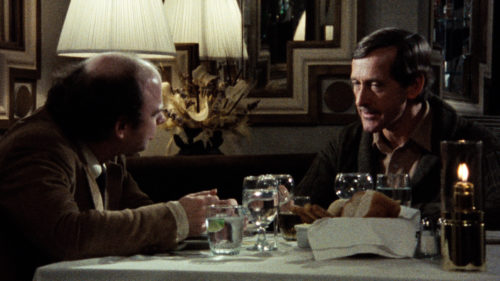We naturally ask what was Cage’s intention, and a plausible answer is that he is drawing our attention to music – its nature and value – by denying us music. We are led to listen to the non-musical sounds in the environment with the kind of attention we normally reserve for music and to reflect on what we’re missing. The work is an opportunity to consider what we want from music.
One thing we want, typically, is to hear sounds that a composer has determined will reward our attention. Perhaps we imagine a kind of contract between us and the composer: we give the composer our time (and money), and she gives us enjoyment. In return for complete control over what we hear for the duration, we receive a meaningful expression. 4′33″ defeats these expectations – neither Cage nor the performer has any control over what we hear – and in that way makes them available for inspection. Is this “contract” the best way to imagine the relationship between composer and listener? Cage certainly didn’t think so.
According to Cage himself, 4′33″ dramatizes the distinction between traditional and modern music. He says that modern music “accepts” sounds that, when heard during the performance of traditional music, “interrupt” it. Because it consists only of such sounds, 4′33″ affords an opportunity to reflect on how our perceptions are shaped by our expectations. When we are listening to a Beethoven piano sonata, a cough is perceived as noise. When we are listening to what Cage regards as a modern performance, and certainly when we are listening to 4′33″, it is perceived as sound.
For Cage’s comments on traditional and modern music, see Conversing with Cage by Richard Kostelanetz.





